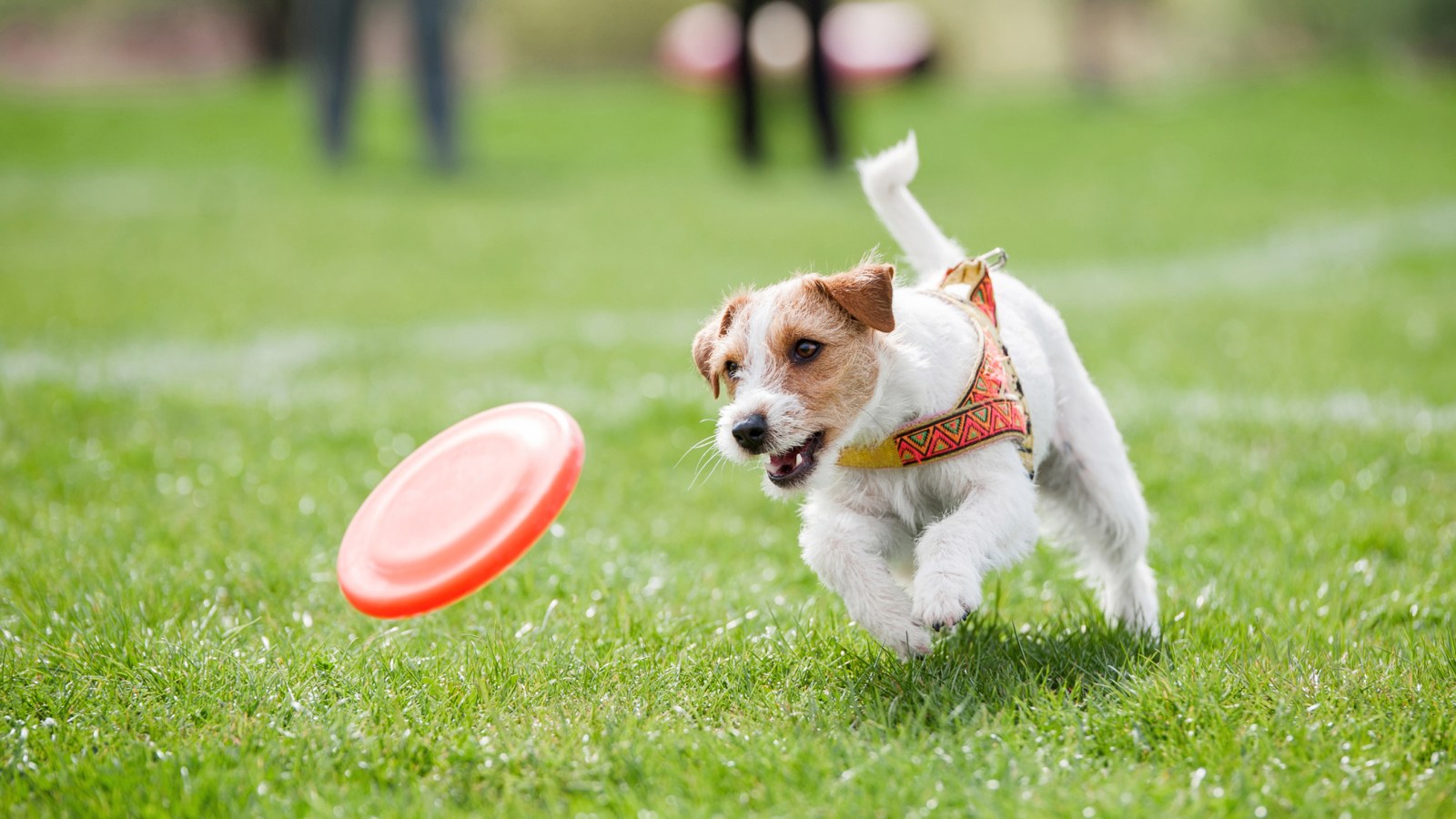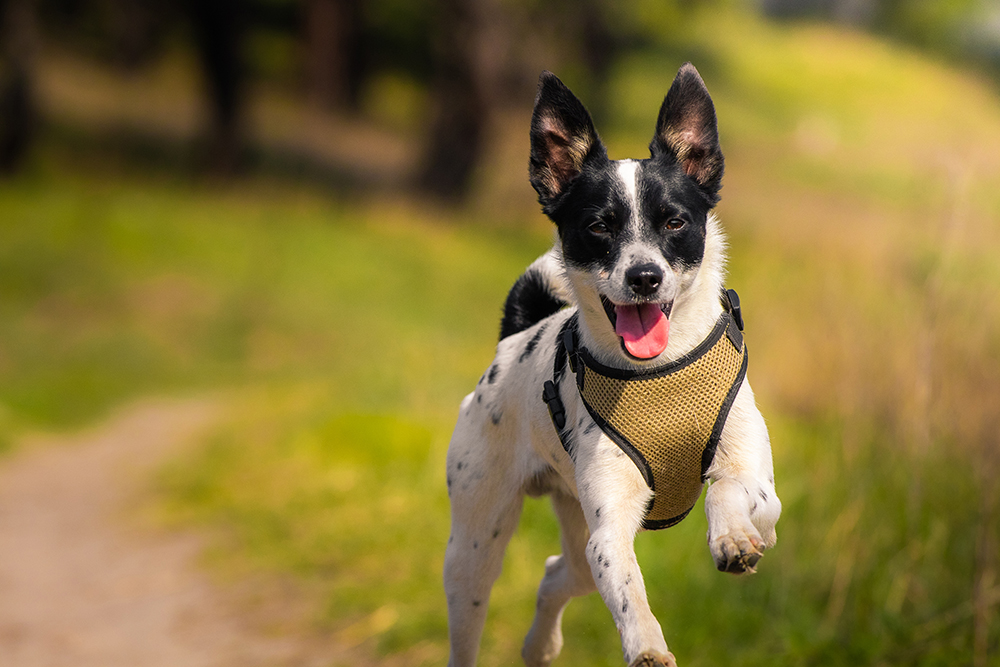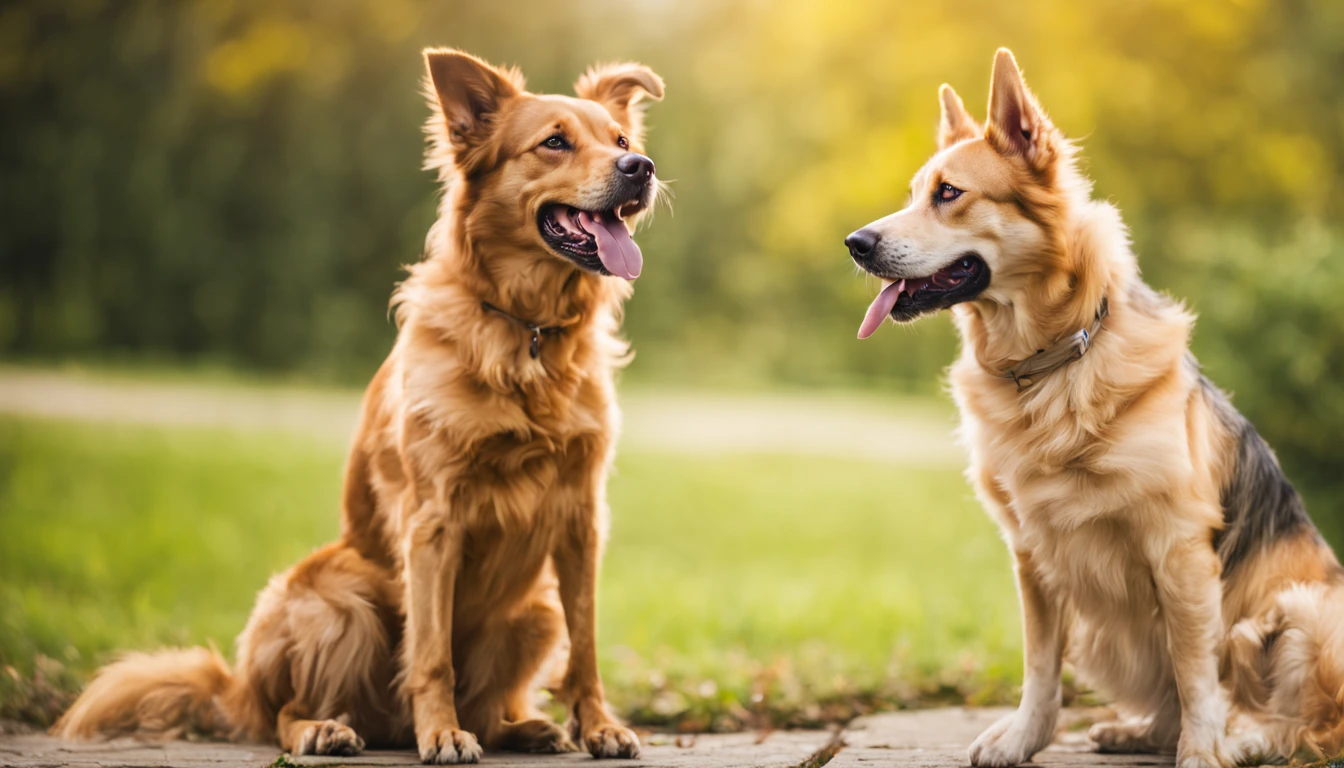Introduction
Exercise and Fitness for Dogs health and well-being involves more than just providing food and shelter. Regular exercise plays a crucial role in keeping dogs in good physical and mental condition. In this comprehensive guide, we explore the benefits of exercise for dogs, different types of dog exercises, considerations for different breeds and ages, and tips for incorporating exercise into your dog’s routine.
Part 1: Understanding the Benefits of Exercise for Dogs
Prevent obesity and promote good behavior
Regular exercise helps dogs maintain a healthy weight by burning excess calories and preventing obesity. Additionally, dogs who exercise regularly are less likely to engage in destructive behavior, such as chewing on furniture or barking excessively, because they have an outlet for their energy.
Keep the brain active and reduce stress
Exercise, especially activities that involve problem solving and mental stimulation, helps keep dogs’ brains active and healthy. Brain games and puzzles for dogs are great ways to challenge your dog’s cognitive skills and provide mental enrichment. Plus, exercise relieves stress for both dogs and their owners, allowing them to let off steam and relax.
Prevent health problems and strengthen the bond
Regular exercise reduces the risk of several health problems, such as arthritis, hip dysplasia and obesity-related problems such as diabetes and heart disease. Additionally, exercising with your dog strengthens the bond between you and your furry companion, creating a deeper connection and improving your relationship.
Part 2: Types of Exercise for Dogs
Walk your dog
Walking is one of the most accessible and beneficial forms of exercise for dogs. Daily walks provide opportunities for physical activity, mental stimulation and socialization. Varying trails and different terrain can make walks exciting and engaging for both you and your dog.
To search
Fetching is a great way to engage your dog in high-intensity exercise while strengthening the bond between you. Use a ball or toss toy for your dog to retrieve, providing a fun and stimulating activity that satisfies his natural pursuit instincts.
Tug of war
Tug of war is a classic game that stimulates dogs physically and mentally. Use a sturdy rope or tug toy to engage your dog in a friendly tug-of-war game that promotes strength, coordination and problem-solving skills.
Dog sports
Participating in dog sports, such as agility, flyball or obedience training, can provide dogs with structured exercise and mental stimulation. These activities allow dogs to channel their energy into productive and rewarding activities while strengthening their obedience and agility skills.

Part 3: Adjustment exercise for different breeds and ages
Considerations for Different Breeds
Different dogs breeds have different exercise needs and preferences based on their instincts and characteristics. Adjust your dog’s exercise routine to suit the natural tendencies of his breed, whether terriers, hunting dogs, pastoral breeds or others, to ensure he gets enough physical and mental stimulation.
Puppy exercise
Puppies have unique exercise needs due to their developing bodies and limited physical abilities. Limit puppy exercise to short, calm activities to prevent injury and promote healthy growth and development.
Exercise for older dogs
As dogs age, their exercise needs may change, requiring adjustments to their routine. Older dogs may prefer quiet walks and gentler activities, but they still benefit from regular exercise to maintain mobility and mental acuity.
Part 4: Getting started with dog exercises
Gradual introduction to sports
If your dog is not used to regular exercise, start slowly and gradually increase the intensity and duration of activities. This approach helps prevent injuries and allows your dog to build stamina and endurance at a comfortable pace.
Climate and health considerations
Consider weather conditions when training your dog and adjust activities to ensure his comfort and safety. In hot weather, ensure you have plenty of water and avoid exercise in extreme heat to prevent heatstroke. Also take precautions in cold weather to protect your dog from frostbite and hypothermia.
Exercise after meals
Avoid vigorous exercise immediately before or after your dog’s meal to prevent digestive upset. Make sure you allow enough time for digestion before engaging in physical activity to minimize the risk of discomfort or complications.
Conclusion
Regular exercise is essential for maintaining your dog’s health, happiness and overall well-being. By incorporating a variety of activities into your dog’s routine and tailoring the exercises to his breed, age and individual needs, you can ensure he gets the physical and mental stimulation he needs to thrive . Remember to start gradually, monitor your dog’s health and behavior, and consult your veterinarian if you have any concerns or questions about your dog’s exercise regimen. With dedication and consistency, you and your dog can enjoy the many benefits of being active together.



